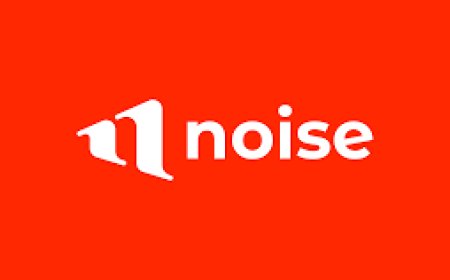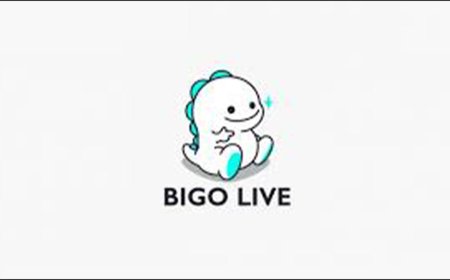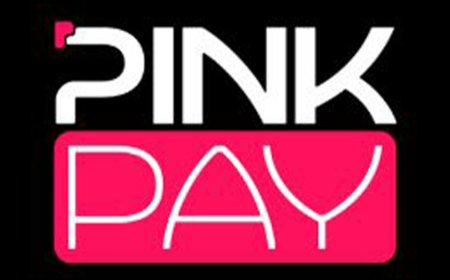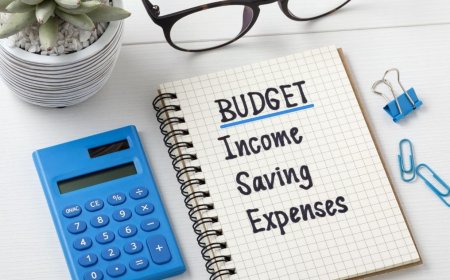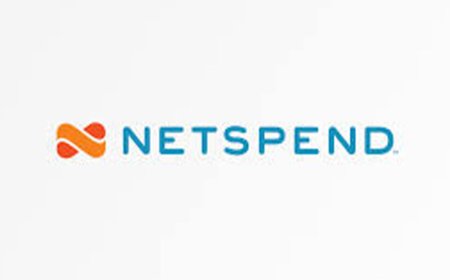How to Save for a Home Deposit in 2025: Practical Tips and for Homeownership
Discover expert tips to save for a home deposit in 2025 despite rising property prices. Learn how to set realistic goals, automate savings, cut expenses, and boost income with practical strategies and real-life success stories. Start your journey to homeownership today.

Saving for a house down payment in 2025 can seem overwhelming, especially with rising property prices and increasing living costs across the globe. However, with strategic planning, disciplined habits, and a clear focus, achieving homeownership is within reach for you. This complete guide provides actionable steps tailored for a global audience, drawing on universal financial principles and real-life examples to help you save effectively for your dream home.
1. Define a Clear and Achievable Savings Target.
The first step to saving for a house down payment is understanding how much you need. Down payment requirements vary by country and lender, typically ranging from 5% to 20% of the property’s purchase price. For instance:
- A $400,000 home may require a $40,000 deposit at 10%.
- In markets like the UK, Canada, or Australia, aim for 10-20% to secure favorable mortgage terms.
Research property prices in your target area using online real estate platforms or local market reports. Don’t forget to account for additional costs, such as:
- Closing costs: Often 2-5% of the purchase price, covering legal fees, taxes, and title transfers.
- Other expenses: Moving costs, home inspections, and initial furnishings.
By setting a specific savings goal, you can create a roadmap to track your progress and stay motivated.
2. Automate Your Savings for Consistency.
One of the most effective ways to build your down payment fund is to automate your savings. Set up an automatic transfer from your checking account to a dedicated savings account each time you receive your paycheck. This “pay yourself first” approach ensures steady progress without relying on manual discipline. For example:
- Transfer 10-20% of your income to a high-yield savings account or a fixed-deposit account, depending on what’s available in your country.
- Use apps like Monzo (UK), Chime (US), or local banking apps to automate and track your savings.
Automation minimizes the temptation to spend and helps you build your fund consistently over time. My article about how to save $500 fast could help you teach you more on saving.
3. Adopt a Frugal Lifestyle.
Living below your means is critical to accelerating your savings, regardless of where you live. Cutting unnecessary expenses allows you to redirect funds toward your down payment. Here are practical ways to reduce costs:
- Housing: Move to a more affordable neighborhood, share rent with roommates, or consider temporarily living with family to lower housing costs.
- Food: Cook at home, meal prep, and reduce dining out or takeaway orders. In countries with high food costs, buying in bulk or shopping at discount stores can save hundreds annually.
- Transportation: Use public transport, carpool, or bike instead of owning a car. In urban areas like Tokyo or London, this can save thousands yearly.
- Entertainment: Opt for free activities like hiking, community events, or streaming services instead of costly outings like concerts or international travel.
By adopting a frugal mindset, you can free up significant funds for your down payment.
4. Postpone Major Purchases.
Avoid large, non-essential purchases that could derail your savings plan. For example:
- Delay buying a new car, upgrading electronics, or taking luxury vacations.
- If you need to replace an item, consider second-hand options or budget-friendly alternatives.
Every dollar you save by skipping unnecessary purchases brings you closer to your homeownership goal.
5. Stay Motivated with Visual Goals.
Keeping your goal front and center can help maintain your focus. Create visual reminders to stay inspired:
- Savings Tracker: Use a digital app or a physical chart (e.g., a thermometer-style tracker) to mark your progress.
- Vision Board: Compile images of your dream home or neighborhood to reinforce your motivation.
- Property Visits: Attend open houses or virtual tours to clarify your preferences and stay excited about your goal.
These tools can make the long journey of saving feel tangible and rewarding.
6. Boost Your Income.
Increasing your income can significantly speed up your savings timeline. Explore these global strategies:
- Side Hustles: Take on freelance work, such as graphic design, tutoring, or ride-sharing, available through platforms like Upwork, Fiverr, or local gig apps.
- Sell Unused Items: Declutter your home and sell items like clothing, furniture, or electronics on platforms like eBay, Gumtree, or local marketplaces like MercadoLibre (Latin America).
- Career Growth: Negotiate a raise, pursue a promotion, or take on overtime work if available.
Even small additional income streams can make a big difference over time.
7. Leverage Employer or Government Benefits.
n many countries, employers or governments offer programs to support homebuyers. Research options like:
- Retirement Fund Loans: In the US, 401(k) loans allow borrowing against retirement savings for a down payment, though this comes with risks like reduced long-term growth.
- First-Time Homebuyer Programs: Countries like Canada (First Home Savings Account), Australia (First Home Super Saver Scheme), or the UK (Help to Buy ISA) offer tax-advantaged savings accounts or grants.
- Employer Assistance: Some companies provide housing allowances or low-interest loans for employees.
Always consult a financial advisor to understand the implications of tapping into retirement funds or government programs.
8. Invest for Growth.
If your savings timeline extends beyond a year, consider low-risk investments to grow your funds:
- High-Yield Savings Accounts: Available in many countries, these offer better returns than standard accounts while keeping funds accessible.
- Fixed Deposits or CDs: Common in regions like Asia, Europe, and North America, these lock in your money for a set period with guaranteed returns.
- Low-Risk ETFs: For longer timelines, consult a financial advisor about diversified exchange-traded funds (ETFs) to balance growth and safety.
Avoid high-risk investments to protect your down payment fund from market volatility.
9. Prioritize Your Spending.
Create a budget that prioritizes your down payment savings while covering essentials. A simple framework:
- Essentials: Rent, utilities, groceries, and transportation.
- Sinking Funds: Save separately for predictable expenses like car maintenance or travel to avoid dipping into your down payment fund.
- Down Payment: Allocate any surplus income directly to your savings goal.
Use budgeting apps like YNAB, Mint, or local equivalents to track spending and optimize your savings. You can check out my article about how to create a budget that works for you to help you on your budgeting journey.
10. Learn from Global Communities.
Tap into online communities and resources to learn from others’ experiences:
- Social Media: Platforms like Reddit (r/personalfinance, r/FirstTimeHomeBuyer) or X posts tagged with #homeownership offer real-world tips.
- Local Resources: Attend homebuyer workshops or consult mortgage advisors to understand regional market trends.
- Financial Tools: Use calculators to estimate mortgage affordability or savings timelines, available on banking websites or apps.
Staying informed helps you adapt your strategy to changing economic conditions.
11. Celebrate Milestones.
Saving for a down payment is a marathon, not a sprint. Celebrate small wins to stay motivated:
- Reward yourself (frugally) when you reach 25%, 50%, or 75% of your goal.
- Share progress with supportive friends or family to stay accountable.
- Reflect on how far you’ve come to maintain momentum.
Real-Life Success Story.
A couple in Sydney, Australia, saved $100,000 for a down payment over four years by living frugally. They shared a small apartment with a roommate, cooked all meals at home, and avoided international travel. They also took on side hustles, including freelance graphic design and selling handmade crafts online. By automating 20% of their income into a high-interest savings account and tracking progress with a digital app, they stayed disciplined and achieved their goal, purchasing their first home in 2024.
Saving for a house down payment in 2025 requires commitment, smart planning, and adaptability. By setting clear goals, automating savings, living frugally, and exploring income-boosting opportunities, you can make homeownership a reality, no matter where you are in the world. Start today, stay consistent, and celebrate your progress along the way.
What's Your Reaction?







